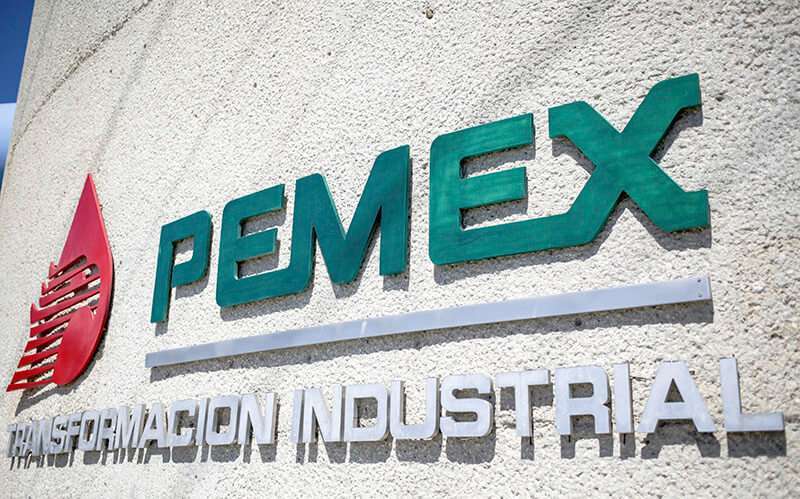Can a $14bn infrastructure plan drive Mexico’s COVID-19 recovery?

In a bid to offset economic headwinds associated with the coronavirus pandemic, Mexican president Andrés Manuel López Obrador (widely known as AMLO) announced a $14bn infrastructure investment plan this month aimed at improving the business environment.
Mexico has been particularly hard hit by COVID-19. As of mid-October, it had registered more than 80,000 deaths – one of the highest figures in the world.
In the second quarter the Mexican economy – Latin America’s second-largest – registered a record 17.3% contraction relative to the previous quarter. In light of this, many expect it to contract by up to 10% this year, although the central bank has warned that this figure could be just short of 13% if the pandemic worsens.
The pandemic also accelerated an ongoing decline in state investment in infrastructure: in June it was reported that since 2013 there had been a 40% decrease in real terms in public infrastructure spending.
Against this backdrop, the government’s announcement came as welcome news, with AMLO telling media that the plan will generate “investment, jobs and wellbeing”.

Representing the concretisation of an initiative that was in the offing before COVID-19, the investment plan will be at least 50% privately financed. Backers include Impulsora del Desarrollo y el Empleo en America Latina, homegrown billionaire Carlos Slim’s construction firm.
“The priority moving forward is to enhance alignment between private sector investment, corporate expectations and the government,” Roberto Calvet, director general of consulting firm AECOM Mexico, told OBG. “The government will play a key role in this by offering a clear investment pipeline of projects that are not only significant but also financially and technically viable.”
At the plan’s unveiling, AMLO – a populist president who has not always inspired confidence among investors – underlined the important role that Mexico’s business community has played to date and observed that “the public sector is not able to reactivate the economy on its own”.
The funds will go towards some 39 projects, of which seven are already under way; the remaining 32 will kick off at the start of next year.
The seven active projects are all focused on the construction or expansion of transport connections around the country – as are the majority of the new plans.
Of the impending projects, the two largest allocations are for a rail connection between Mexico City and Querétaro – a proposal which had previously been shelved – and a railway from the northern industrial city of Monterrey – considered the country’s second largest – to its international airport.
Two projects are focused on the environment, both on water management. More broadly, it is expected that sustainability will be an important focus across the board.
“Increasingly, financial institutions are requiring sustainability key performance indicators (KPIs) and the use of sustainable technologies to be part of any infrastructure projects. The approach to sustainability has also been expanded to include environmental, social and economic aspects, strengthening the resilience of any given project,” Calvet told OBG.

Alongside infrastructure, a major chunk of money will go towards developing the refining business of state oil firm Petróleos Mexicanos (Pemex).
This announcement comes at a crucial time for the company. As OBG detailed earlier this year, Pemex is the world’s most indebted oil company, with over $100bn of debt.
Its oil production peaked at 3.4m barrels per day (bpd) in 2004, but has fallen significantly over the past 15 years, averaging 1.7m bpd last year. Its profitability has been further affected by this year’s oil price instability and the effects of the coronavirus pandemic.
Several investments will aim to enhance the capacity of Pemex to process heavy crudes. However, there are no funds earmarked for exploration – a decision that some have questioned in light of its declining output.










